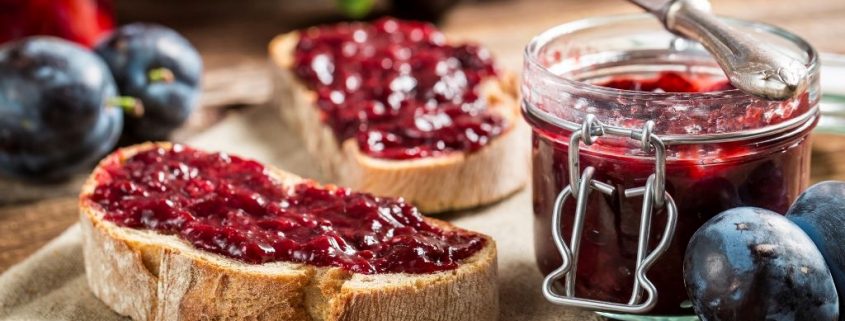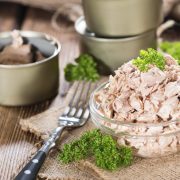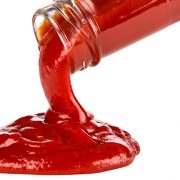Jam production line
One of the tasty and popular snacks on the Iranian table, are jams. In this article we will look at the production line of jam and its various stages.
Jam can be obtained by cooking different kinds of fruits with a suitable concentration syrup. This product is usually stored in a container and remains healthy for a long time. Natural or artificial pectin and honey can also be used as an additive in the jam production line.
Different processes in the jam line
If you are interested in launching jam production line, follow the article below to get more information.
Step 1) Initial Preparation
This stage involves various operations such as sourcing, washing, peeling, removing cores, crushing, chopping, etc., which is carried out according to the type of product in various manual and mechanical ways.
Step 2) Making Syrup
Sugar can be added directly to the cooking pot containing fruits or vegetables, but it is best to dissolve the sugar in the other tank after cleaning the syrup, adding it to the cooking pot (in some cases Half the sugar is dissolved in water and added to the product in a boiling pot, and after the completion of cooking process, the remaining sugar is added to bring the product to the final brix.)
Step 3) Making jams in pots
The making process takes place in two ways:
- First method: (in open pots)
In open pots process at atmospheric pressure, the temperature of the product reaches 105-100 ° C, resulting in a special taste and color.
For this purpose, open-top openings are made of stainless steel, which is double-sided and flows between the two walls of steam or hot water as a heating medium, or at the cooling stage, cold water.
Second method (under vacuum)
In the vacuum process, boiling is carried out at a temperature of 60-50 ° C and a vacuum of 540 to 640 mmHg.
In this method, the amount of caramelization decreased, flavor changes are less pronounced, and on the other hand, the color of the product, especially in fruits that are sensitive to color variation, is better preserved.
Step 4) Filling jars
Filling and capping is same for all methods and is carried out either using piston filling machines or manually.
Glass jars are usually used for this step. These glasses are filled to a filling machine at a constant speed. The filling cylinders are refilled every time.
Step 5) capping
Capping and sealing is carried out either manually or by vacuum vapors.
Step 6) Pasteurization
For the stability of the jam, the amount of soluble dry matter must be at least 70% in terms of microbial content.
In juices where this amount is lower, the pasteurization process should be used to maintain the product.
If the filling temperature is less than 185 ° F (85 ° C), pasteurization is essential. To pasteurize, the jam is used at a temperature of 195 ° F, such that the temperature of the closed center should reach 185 degrees Fahrenheit.
Step 7) Cooling
To cool, jars containing jams go under the water showers, so that they are used at 60 degrees centigrade to prevent thermal shock and break glass. In the next step, cooling is carried out with water at 20 ° C.
Step 8) Packing
The jars are passed through the hot air stream to the ophthalmic inspection station after coming out of the cooling device to remove moisture. Labeling, cartooning and shrinking are the last stages of the quadrature in the jam factory.
Do you need more advice on launching a jam production line?
If you would like to have more information on how to set up the jam production factory, the space needed, the manpower required, the machines used in the jam production line, etc., contact our colleagues at Shabchare Company.








Leave a Reply